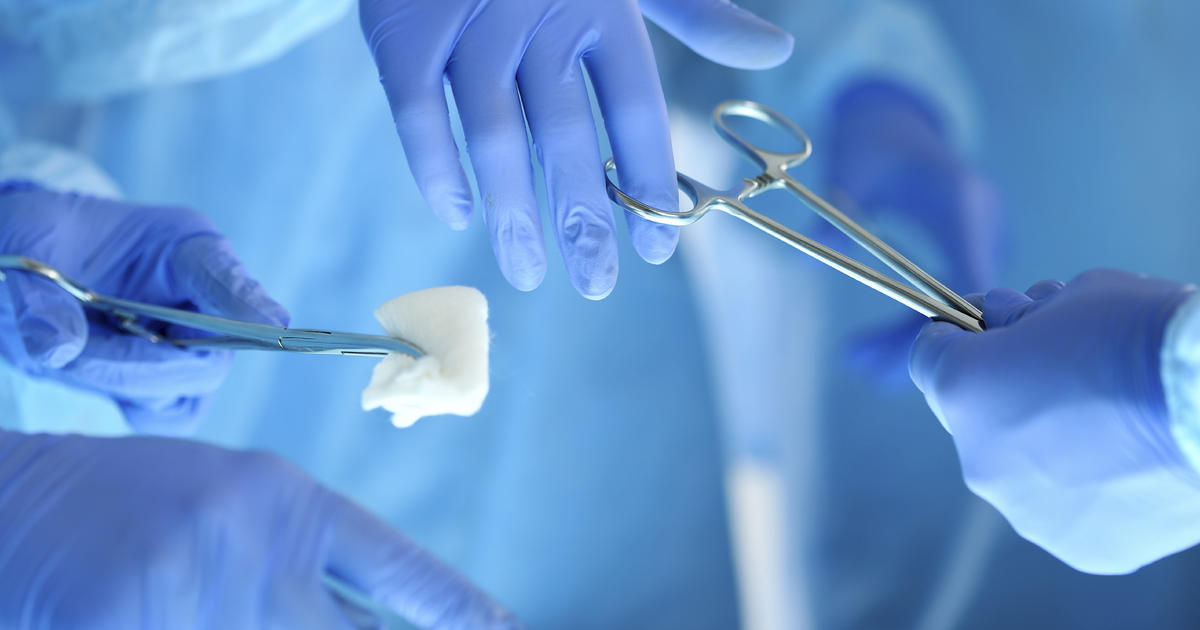Acute Lymphoblastic Leukemia Symptoms And Solutions
Role Of Surgery

Surgical intervention has a limited contribution to the treatment of a patient's acute lymphoblastic leukemia. Leukemia cells are cancerous cells that circulate in the blood throughout the entire body, so it is not possible to remove the malignancy using surgery. Surgical procedures are sometimes used to perform a biopsy on the patient's lymph nodes to confirm whether leukemia has invaded their lymphatic system. The primary role for surgical procedures in ALL is to place a central venous catheter or tube into the patient's body to administer chemotherapy in a safer and easier way. This type of catheter can also be referred to as a central line, a venous access device.
Another surgical procedure that can be used in the treatment of acute lymphoblastic leukemia is the placement of an Ommaya reservoir for the administration of intrathecal chemotherapy or chemo given directly into the fluid that surrounds the patient's spinal cord and brain. An Ommaya reservoir is a dome-like device that sits just under the patient's scalp that holds a catheter in place. This catheter inserts into the dome device, through a hole in the skull, and then empties into one of the ventricles.
